The DO Loop
Statistical programming in SAS with an emphasis on SAS/IML programs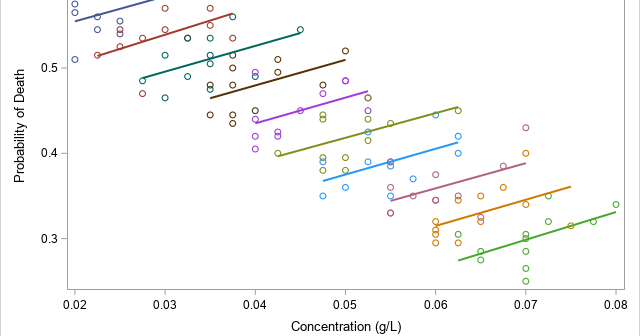
In 2023, I wrote 90 articles for The DO Loop blog. My most popular articles were about SAS programming, data visualization, and statistics. In addition, several "general interest" articles were popular, including my article for Pi Day and an article about AI chatbots. If you missed any of these articles,
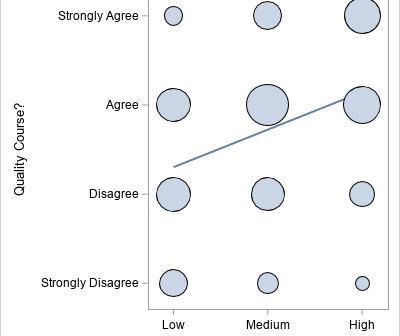
Statistical software often includes supports for a weight variable. Many SAS procedures make a distinction between integer frequencies and more general "importance weights." Frequencies are supported by using the FREQ statement in SAS procedures; general weights are supported by using the WEIGHT statement. An exception is PROC FREQ, which contains
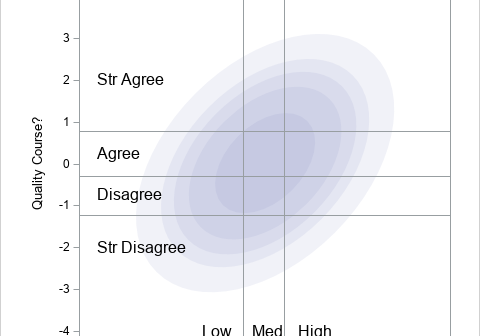
SAS provides many built-in routines for data analysis. A previous article discusses polychoric correlation, which is a measure of association between two ordinal variables. In SAS, you can use PROC FREQ or PROC CORR to estimate the polychoric correlation, its standard error, and confidence intervals. Although SAS provides a built-in
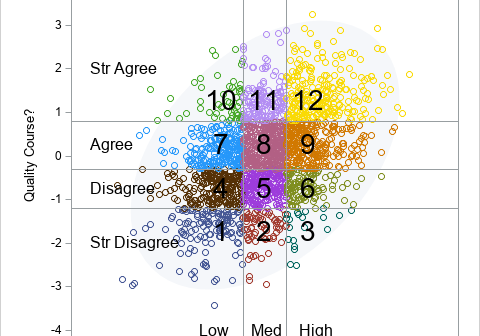
Correlation is a statistic that measures the association between two variables. When two variables are positively correlated, low values of one variable tend to be associated with low values of the other variable. Medium values and high values are similarly associated. For negative correlation, the association is flipped: low values
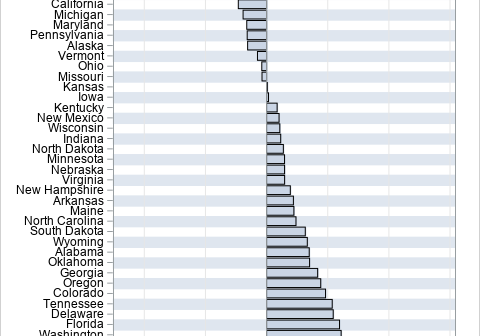
These are a few of my favorite things. —Maria in The Sound of Music For my annual Christmas-themed post, I decided to forgo fractal Christmas trees and animated greeting cards and instead present a compilation of some of my favorite data visualization tips for advanced SAS users. Hopefully, this
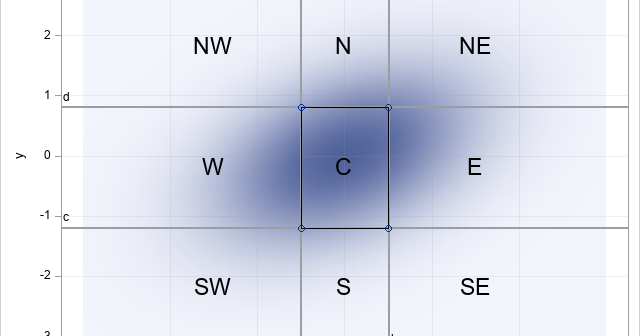
A previous article discussed how to compute probabilities for the bivariate standard normal distribution. The standard bivariate normal distribution with correlation ρ is denoted BVN(0,ρ). For any point (x,y), you can use the PROBBNRM function in SAS to compute the probability that the random variables (X,Y) ~ BVN(0,ρ) is observed
